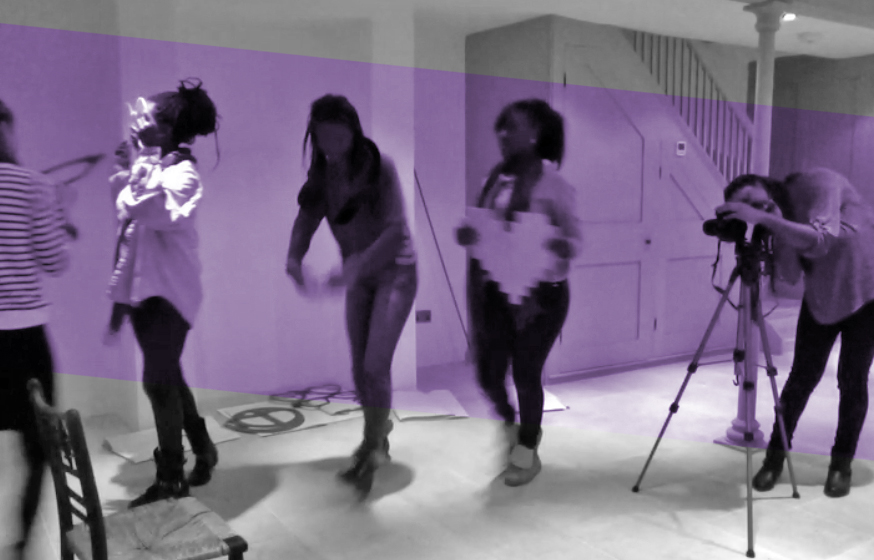
There’s nothing quite like passing through security to give an event a sense of importance. Body detectors and scanners can’t fail to add gravitas. But aside from general bits and bobs, all I had in my bag for the Bodies in Education event at Portcullis House were a notebook and pen. They was put to great use during the discussion and display of artwork – seven pages of scrawl to decipher in the aftermath.
The part-talk, part-showcase was organised by Shape Your Culture, a project aiming to “encourage girls and young women to create the world they want to see, in a way that reflects and enriches their reality rather than negatively distorting it through the use of unattainable ideals.” Speakers included Jo Swinson and Susie Orbach. Their message has been explored in the creative projects of several groups of young people.
Beginning with a general talk, then transitioning into a debate with the teenagers present, certain words cropped up again and again: confidence, community, media, perception, awareness, change, beauty, self-esteem. As a list it seemed to sum up the complexity of the issue. The way that we view ourselves is affected by external factors, from Facebook and magazines to friends. It’s not a matter of direct correlation, with factor X leading to result Y. Instead, as one of the participants reflected “the issue [has] so many facets to it.” However, it was apparent from the discussion that many young women (and men) are unhappy with what they see in the mirror.
What’s the solution? The talk highlighted schools, and the need to educate adolescents on image. PHSE lessons only cover limited topics, such as identifying use of photoshop. “There’s healthy eating on the curriculum,” said one participant, “so why not body acceptance?” Other possibilities were disentangled and examined: outside visitors trained in body image; group discussions to create a “safe space” for pupils to know they’re not alone; theatre workshops; destabilizing other power structures (such as class and race).
Yet, what was perhaps the best aspect of the afternoon was the recognition that, despite aiming to combat an essentially negative issue, actions and responses can be positive. After the words came the work.

There was a wealth of creativity on display. Collages contrasting idealized and more realistic images of women in the media; videos exploring the way teenage girls feel about their looks; installations; slogans with affirming messages like “real people aren’t perfect, perfect people aren’t real”; focus groups and surveys to gather thoughts on appearance. Several schools chose to make zines. ‘Essexism’ explored the negative impact of ‘Essex Girl’ stereotypes, while ‘Under Pressure’ encompassed topics ranging from the significance of the hijab, to beauty as a construct. Although diverse in content, all of these initiatives were similar in the underlying message – we are enough as we are.
As one girl from Woodhouse observed, through their artwork “we physically gave people a voice.” To me, as an observer, that voice was one of reassurance. Letting people know they’re not alone. Acknowledging the vast range of looks out there. Being confident to challenge the norm, and to encourage others to do so. Jo Swinson summed it up as an “alternative visual language,” and as that visual language continues to develop, I look forward to seeing what else it has to say.
***
Rosalind Jana is eighteen and has a place at Oxford reading English Literature as of October. She won the Vogue Talent Contest 2011 at age 16, with a prize-winning piece (a satirical take on an agricultural show written in ‘fashion show’ style) published in the magazine last year. She also gained a month’s paid work experience at the features department of Vogue which she undertook in the summer of 2012.
See Rosalind’s blog Clothes, Cameras & Coffee

